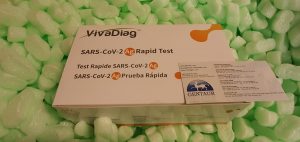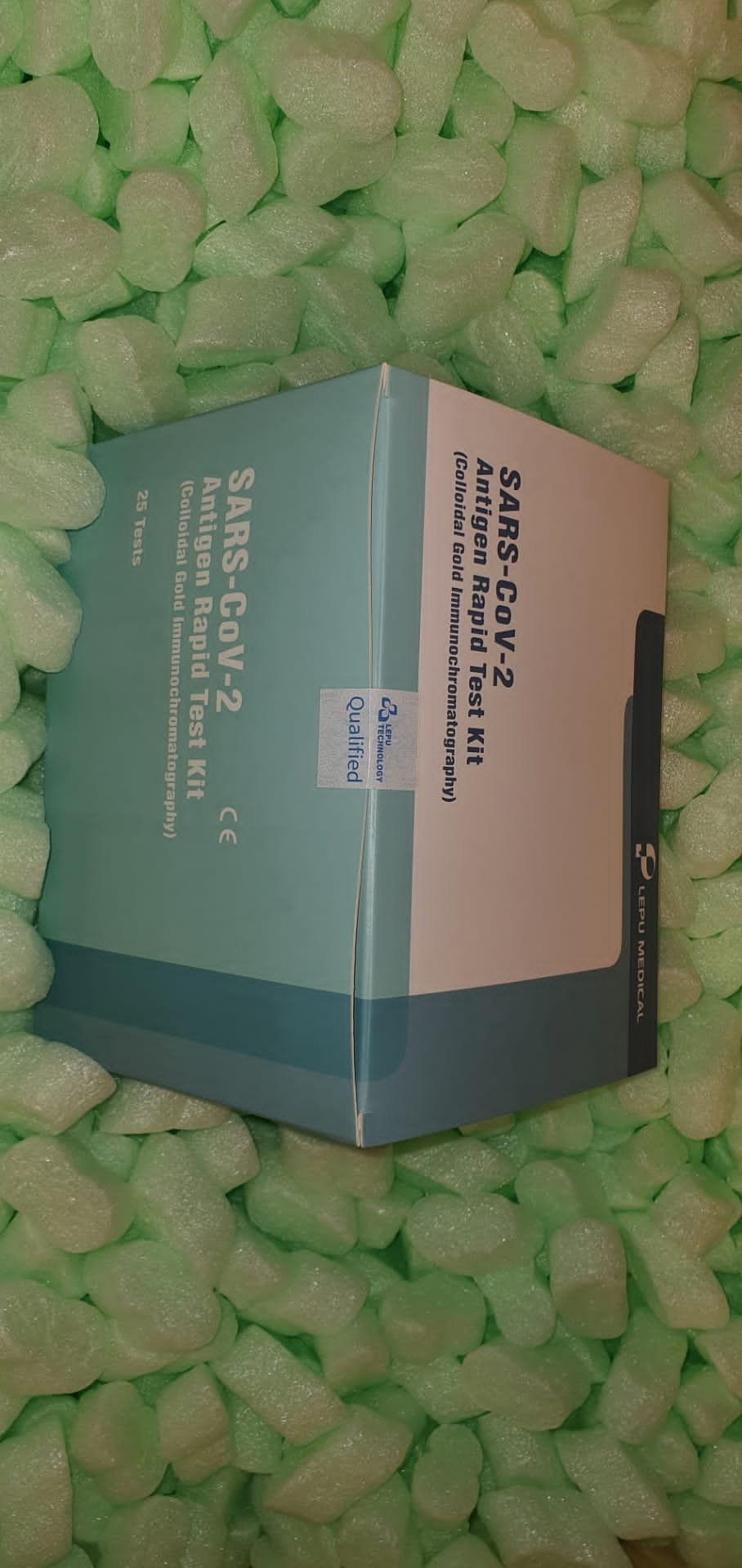A curated gluten protein sequence database to support development of proteomics methods for determination of gluten in gluten-free foods.
The unique physiochemical properties of wheat gluten make it possible to make a diversified range of food products. However, gluten triggers a celiac disease, a treated condition using a gluten-free diet. Analytical methods are needed to confirm if foods are gluten-free, but the current methods based on immunoasssay can offer unreliable and proteomic methods offering an alternative but require complete and well-annotated sequence databases that are missing for the gluten. A manual database (glutro V1.0) of gluten protein, comprising 630 protein sequences of total integrated integrated length, has been compiled. It is representative of the different types of gliadin components and glutenin found in gluten.
A silico comparison of their celiac toxicity has been undertaken by analyzing the distribution of celiac toxic motifs. This has shown that, while α-Gliadin proteins contained more toxic patterns, these have been distributed on all subtypes of gluten proteins. Comparison of annotations observed using a discovery proteomic dataset acquired using MS / MS ion mobility has shown that more reliable identifications have been obtained using the database Glupro V1.0 compared to the complete viriidiplantae database. This highlights the value of an inciterated sequence database specifically designed to support proteomic workflows and the development of methods to detect and quantify gluten.
We built the first open manual open source wheat protein database (Glupro V1.0) in a FASTA format to support the application of proteomic methods for the detection and quantification of gluten protein. We also analyzed the verified sequences manually to give the first complete overview of the distribution of the sequences that could generate a reaction in the celiac disease, the predominant form of gluten intolerance. The provision of this database will improve the reliability of the identification of gluten protein by proteomic analysis and facilitate the development of targeted mass spectrometry methods that meet the requirements of the Codex Alimentarius Commission for foods designed to meet the needs of People intolerant with gluten.
Integration of proteomic gel and free gelling data for functional protein analysis via the soy proteome database.
The soy proteine database (SPD) stores data on soy proteins obtained with proteomic gel and freezing proteomic techniques. The database was constructed to provide protein information for functional analyzes. The majority of data focuses on soy (Glycine Max ‘Enréi’). Soy growth and yield is strongly affected by environmental constraints such as floods. The database was originally constructed using data on soy proteins separated by two-dimensional polyacrylamide gel electrophoresis, which is a gel-based proteomic technique. Since 2015, the database has been expanded to incorporate data obtained by quantitative proteomics of tagged mass spectrometry, which is a freezing proteomic technique.
Here, the parts of the database consisting of freezing proteomic data are described. The freezing proteomic database contains 39,212 proteins identified in 63 sets of samples, such as temporal samples and specific soyplant organ organ organs in flood conditions or non-stressed conditions. In addition, the organnelular protein data identified in mitochondria, nuclei and endoplasmic reticulum are stored. In addition, the database incorporates several OMICS data such as genomics, transcriptomics, metabolomics and proteomics.
The database of soy proteome stores data obtained from proteomic techniques based on gel and gel. The freezing proteomic database comprises 39,212 proteins identified in 63 sets of samples, such as different soyplant organs grown under flood conditions or non-stressed conditions dependent on time. In addition, the organnelles identified in mitochondria, nuclei and endoplasmic reticulum are stored in freezing proteomics.

Ascending proteomics based on mass spectrometry: sample preparation, LC-MS / MS analysis and database query strategies.
Recent technological advances in mass spectrometry (MS) have made it possible to investigate and quantification of complex mixtures of biomolecules. The exceptional sensitivity and resolution of the power of today’s mass spectrometers allow the detection of proteins and peptides to femtomole low quantities; However, these attributes require a high purity of the sample to minimize artifacts and obtain the highest degree of identification of biomolecule. The preparation of tissues for proteomic studies is particularly difficult because of their heterogeneity in the cell type, the presence of insoluble biomaterials and the great diversity of biomolecules.
The workflow here describes the details of the preparation of samples from tissues through protein extraction, proteolysis and purification to generate peptides for MS analysis. Increased peptide resolution and a corresponding increase in protein identification are performed using polarity fractionation (C18 resin) at the peptide level. In addition, approaches to the instrument set up, including the use of nanometric liquid chromatography and the ORBITRAP MS quadripole, as well as database search, are described. © 2016 by John Wiley & Sons, Inc.
In addition, a dendrogram generated by protein profiles of the different species of Weissella has clearly presented distinct clusters and an analysis of the PCA separated the spectra of Weissella species into four clusters. By comparing the origins of food, different species of Weissella have been identified from two fermented foods. W. Soli and W. Cibaria have been isolated from Kimchi, while W. Thailandensis and W. Halollerans have been isolated from Jeotal.
The results of our proteomic approach confirms that the Biotyper Maldi database, with our Weissella internal database, is sufficient for Weissella’s identification. The MSDI-TOF MS method provides rapid and reliable discrimination between different species of the Weissella genus and, as a result, will be useful for the control of safety in fish farms or in the production of fermented foods. This method can also be applied to the Opportunistic Weissella Control in Human Clinical Infections.



